The Role of the Kitchen in Modern Health
The kitchen is more than just a space for cooking; it’s the center of health, wellness, and creativity. In modern times, we’ve come to realize that the environment in which we cook can significantly impact our well-being. A well-designed kitchen can foster healthier eating habits, promote mental clarity, and even help you feel more grounded.
The Concept of Wellness Design
Wellness design is about creating spaces that prioritize mental and physical health. A wellness kitchen combines aesthetics, functionality, and elements that help boost overall health. It incorporates features that not only enhance the cooking experience but also encourage healthier lifestyles and sustainable practices.
Creating a Holistic Environment for Mind and Body
Understanding the Science of Space
Our environment impacts how we feel and behave. In the context of a kitchen, the layout, lighting, and air quality play a vital role in our overall mood and health.
- Natural Light: Maximizing natural light can improve mood, enhance energy levels, and reduce stress.
- Open Layouts: A spacious, open design allows for free movement and helps in maintaining a sense of calm while preparing meals.
Color Therapy in the Kitchen
Color plays a crucial role in influencing our emotions and appetite. Using the right colors can make a significant difference in how you feel while cooking and eating.
- Calming Shades like soft blues and greens promote relaxation and focus.
- Energetic Colors such as yellows and oranges stimulate appetite and creativity, making meal preparation enjoyable.
Sustainable Materials for a Healthy Home
Using sustainable and non-toxic materials contributes not only to a healthier home environment but also to a sustainable lifestyle.
- Natural Materials like wood, stone, and bamboo reduce the risk of exposure to harmful chemicals.
- Eco-Friendly Surfaces such as recycled countertops and zero-VOC paints make the kitchen a safer, healthier place.
Designing Functional Spaces That Encourage Healthier Habits
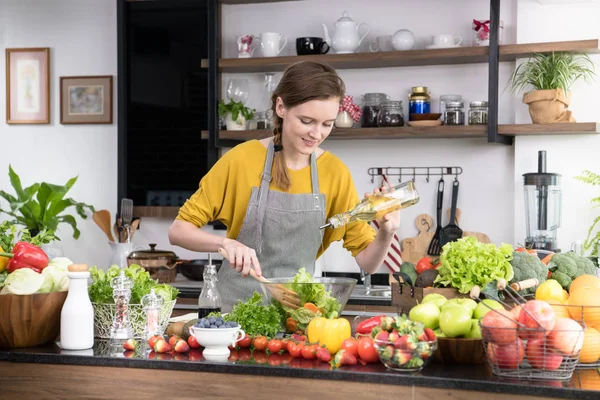
Zoning for Ease of Movement and Accessibility
A well-designed kitchen is all about maximizing efficiency and minimizing strain. By creating distinct “zones” for different activities, you can improve workflow and make cooking healthier and less stressful.
- Preparation Zone: A clear and spacious area for chopping, mixing, and prepping ingredients.
- Cooking Zone: An organized space that promotes easy access to cooking equipment.
- Snacking & Hydration Zone: A designated space for healthy snacks and a water station that encourages hydration.
2.1 Ergonomic Layout for a Stress-Free Cooking Experience
Ergonomics is key to reducing physical strain while cooking, ensuring a more comfortable and enjoyable experience.
- Counter Heights: Adjustable counter heights make tasks like chopping, kneading, or mixing easier on your body.
- Storage Solutions: Pull-out drawers, adjustable shelving, and overhead storage can reduce bending or stretching during meal prep.
2.2 Appliance Selection for Better Cooking
The appliances you choose can make a big difference in the quality of your cooking and your health.
- Energy-efficient Appliances help save electricity and make cooking more eco-friendly.
- Non-toxic Cookware like cast-iron or ceramic pans reduces exposure to harmful chemicals often found in conventional cookware.
The Importance of Storage in Encouraging Healthy Eating
A well-organized kitchen can encourage healthier eating by making nutritious foods more accessible.
- Visible Produce: Design your kitchen so fresh fruits and vegetables are front and center, making them the easiest option for quick snacks or meals.
- Pantry Organization: Store whole grains, nuts, and seeds in clear, accessible jars so they’re easy to find and use in meals.
Nutritional Design: Optimizing the Kitchen for Healthy Eating
Fresh and Seasonal Ingredients as the Foundation of Wellness
Using fresh, seasonal ingredients is essential for nourishing the body. Designing your kitchen to support this approach will make healthy eating more intuitive.
- Designing for Seasonal Cooking: Incorporate spaces for seasonal produce storage, such as built-in coolers or open pantry shelves.
- Indoor Herb Gardens: Add an indoor garden to your kitchen for fresh herbs, offering a sustainable way to enhance meals.
3.1 Practical Tips for Stocking a Wellness-Focused Pantry
A pantry designed with wellness in mind encourages clean eating.
- Stock Whole Foods like nuts, legumes, and grains, which are packed with nutrients and perfect for healthy recipes.
- Minimize Processed Foods: Store healthy, minimally processed snacks and ingredients that promote better digestion and overall health.
3.2 Integrating Smart Technology for Healthier Cooking
Modern technology can help make healthier cooking decisions more accessible.
- Cooking Apps: Use apps for meal planning, tracking nutrition, and finding healthy recipes that match your wellness goals.
- Smart Kitchen Gadgets: Invest in tools like digital food scales or multi-functional cookers that promote healthier cooking methods like steaming and slow cooking.
Promoting Mindful Cooking and Eating
Creating a Peaceful Cooking Experience
Cooking can be a form of self-care, and a peaceful kitchen environment can enhance that experience.
- Designing for Focus: Incorporate elements that encourage focus and mindfulness while cooking, such as a clutter-free space and soothing colors.
- Mindfulness Practices: Set aside moments during meal prep to meditate, breathe deeply, or focus on the task at hand, making the process more enjoyable and mindful.
4.1 Designing Kitchens for Interactive Cooking
Cooking can be a shared, interactive experience, and your kitchen should support that.
- Social Cooking Spaces: Create areas for family or friends to gather around while cooking, such as an island or bar seating that encourages interaction.
- Multi-Functional Spaces: Include areas for both cooking and dining, where meals can be prepared and enjoyed in one place.
4.2 The Sound of Wellness: Music, Silence, and the Cooking Process
The sound environment in your kitchen can impact your cooking mood and well-being.
- Music: Play calming music while cooking to create a soothing atmosphere, helping to reduce stress and enhance focus.
- Quiet Spaces: Alternatively, design areas of the kitchen to be quieter, allowing for moments of peace and concentration during cooking.
Sensory Elements: Engaging All Five Senses
Sight: Aesthetic Appeal in a Wellness Kitchen
A well-designed kitchen engages the sense of sight in a way that promotes wellness. The right design elements can influence how enjoyable your time in the kitchen feels.
- Lighting: Install lighting that mimics natural daylight, which has been shown to boost mood and energy levels.
- Visual Harmony: Use colors, textures, and patterns that provide a calm, balanced atmosphere, allowing you to focus on meal prep without distraction.
5.1 Smell: The Power of Freshness
Smell is a powerful tool that influences our emotions, and the right scents can create a more nourishing cooking experience.
- Fresh Ingredients: Fill your kitchen with the aromas of fresh herbs, spices, and cooked meals to inspire creativity and appetite.
- Essential Oils: Consider using diffusers with natural oils like lavender or citrus to keep your space smelling fresh and inviting.
5.2 Taste: Design for Flavorful and Nutritious Meals
The goal of a wellness kitchen is not only to prepare nutritious food but to make those foods flavorful and enjoyable.
- Spice Stations: Organize your spices and seasonings in a way that encourages exploration and variety in your meals.
- Tools for Flavor: Keep cooking tools like blenders, food processors, and zesters within reach to add exciting flavors to your meals.
5.3 Touch: Comfort and Texture in the Kitchen Design
Touch plays an essential role in the kitchen, from the feel of your cooking tools to the surfaces you interact with.
- Comfortable Surfaces: Select non-slip, ergonomic, and textured surfaces that promote ease of movement and reduce physical strain.
- Texture Variety: Mix different textures in your kitchen design, from smooth countertops to soft fabrics, to create a tactile experience.
Sustainability and Wellness: Eco-Friendly Practices in the Kitchen
Why Sustainability is Key to Wellness
Sustainability is not just good for the planet; it’s also integral to your health. Sustainable practices in the kitchen ensure you’re living in harmony with nature.
- Waste Reduction: A sustainable kitchen helps you reduce waste through composting, recycling, and mindful ingredient usage.
- Eco-Friendly Design: Choose energy-efficient appliances and sustainable materials that minimize environmental impact.
6.1 Energy-Efficient Kitchen Practices
To create a sustainable wellness kitchen, focus on energy conservation and efficiency.
- Energy-Efficient Appliances: Select appliances that are rated for minimal energy use to reduce both your carbon footprint and electricity bill.
- Sustainable Cooking Methods: Use appliances like pressure cookers, steamers, and slow cookers, which consume less energy and promote healthy cooking.
6.2 Waste Reduction and Green Cleaning Practices
Waste not, want not! A wellness kitchen prioritizes reducing food waste and using eco-friendly cleaning products.
- Waste Management: Set up a composting station for organic waste and use reusable containers to store leftovers.
- Eco-Friendly Cleaning: Use non-toxic cleaning agents like vinegar, baking soda, or plant-based cleaners to keep your kitchen clean and healthy.
Customizing Your Kitchen for Personal Wellness Needs
Designing for Special Diets and Preferences
Every person has unique dietary needs. A wellness kitchen can be tailored to meet those needs while promoting overall health.
- Accommodating Specific Diets: Design your kitchen to cater to different dietary preferences, whether it’s vegan, gluten-free, or keto.
- Meal Prep Stations: Create designated spaces for meal prep, making it easier to maintain a healthy diet.
7.1 Allergen-Free Kitchens: Designing with Sensitivity
Creating a kitchen that is allergen-free ensures that everyone in your household can enjoy meals without worry.
- Separate Zones: Designate specific areas for allergy-friendly food preparation, avoiding cross-contamination.
- Air Filtration: Use air purifiers or venting systems to maintain an allergen-free atmosphere in the kitchen.
7.2 Incorporating Mental Wellness Spaces in the Kitchen
Mental wellness is an important part of the kitchen design. Create a space where you can relax and recharge.
- Meditation Corners: Set up a small area within the kitchen where you can take short breaks, meditate, or reflect.
- Gratitude Zones: Incorporate a space for journaling or practicing gratitude, helping you stay grounded and mindful.
Wellness Kitchen Design: Real-World Inspiration and Trends
Top Trends in Wellness Kitchen Design
Stay up-to-date with the latest wellness trends that can transform your kitchen into a healthier, more sustainable space.
- Minimalism: Embrace simplicity and functionality, keeping your space uncluttered to enhance mental clarity.
- Smart Technology: Integrate smart appliances and tools that aid in meal planning, health tracking, and energy management.
Real-Life Case Studies of Wellness Kitchens
Explore case studies to see how real people have incorporated wellness elements into their kitchens.
- Case Study 1: A minimalist kitchen that prioritizes clean lines and natural materials for a stress-free environment.
- Case Study 2: A family-friendly kitchen designed for both health-conscious cooking and social interaction.
Conclusion: The Future of Wellness Kitchens
Designing Kitchens for the Wellness Revolution
Wellness kitchens are more than just a trend—they are part of a broader shift toward healthier living. The future of kitchen design is centered around wellness, sustainability, and personal well-being.
Final Thoughts on Integrating Wellness into Your Kitchen Design
Whether you’re looking to improve your health, reduce stress, or create a more sustainable living environment, your kitchen is the perfect place to start. By prioritizing wellness in your kitchen design, you can nurture both your mind and body, leading to a healthier, more fulfilled life.

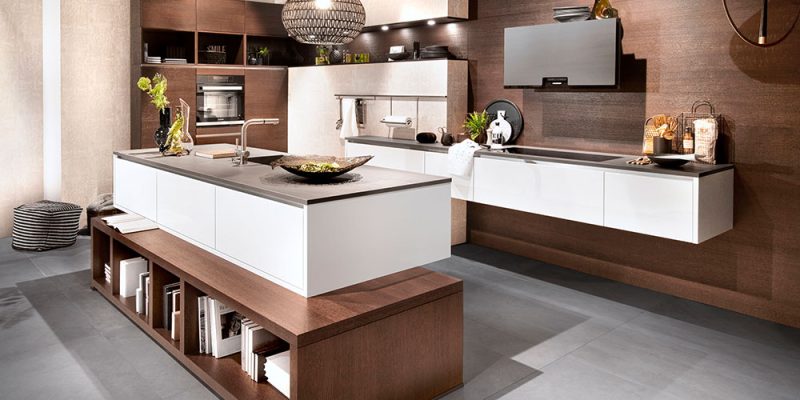
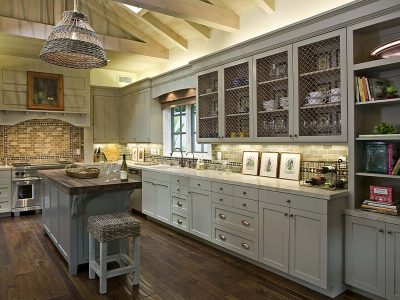
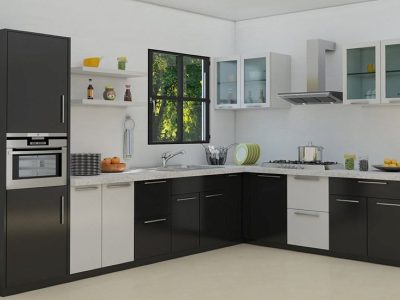
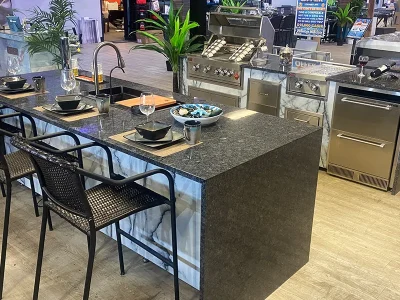
Comments